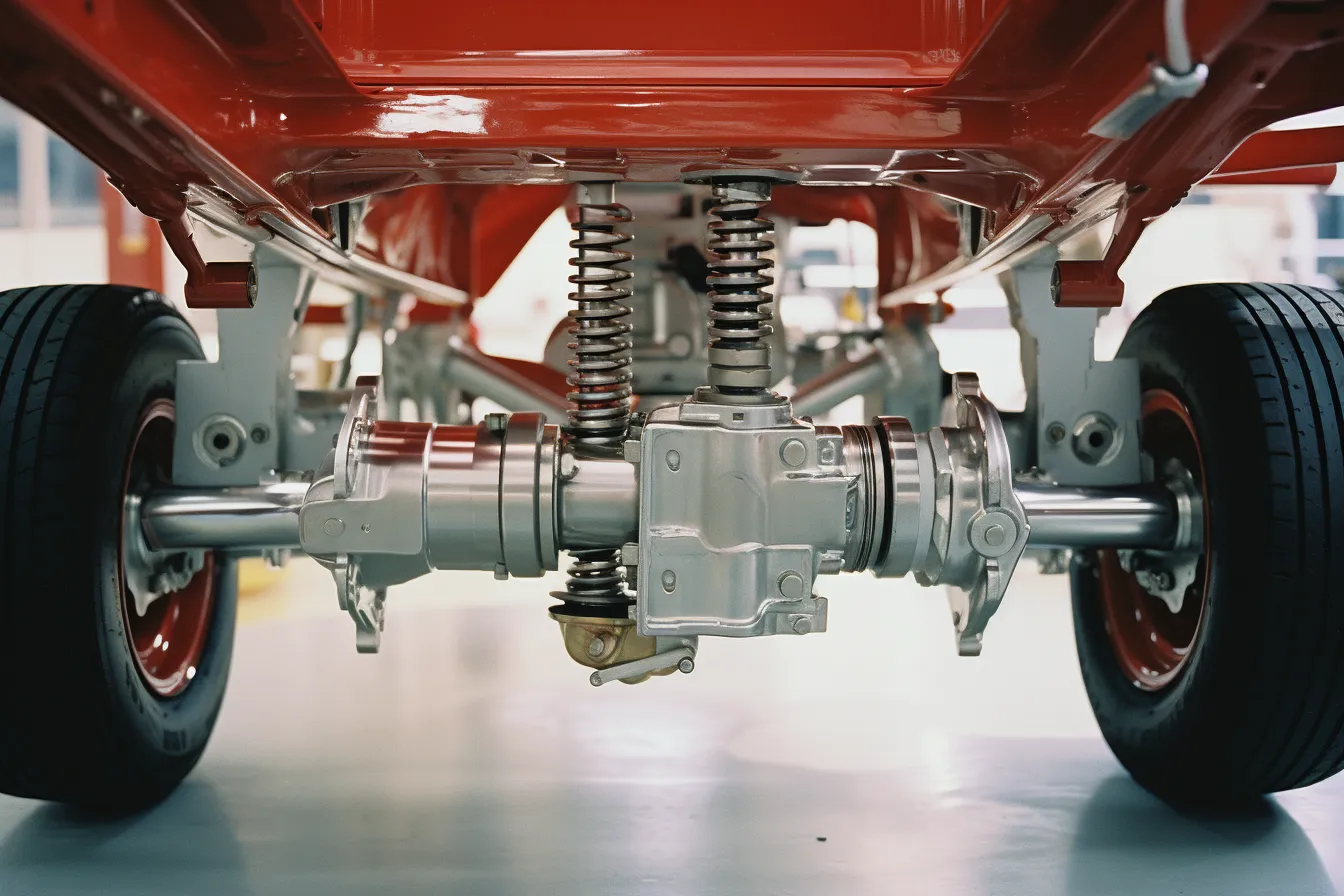Equipment in Agriculture – Modern Farming Tools
Welcome to our article on the modern farming tools that are reshaping agriculture as we know it. In today’s fast-paced world, technology plays a crucial role in almost every industry. Agriculture is no exception. With the advancement of technology, new and innovative farming equipment has revolutionized the way farmers work, increasing efficiency, productivity, and sustainability. In this article, we will explore the various modern farming tools used in agriculture and discuss how they are transforming the industry.
1. Precision Farming:
Precision farming, also known as precision agriculture, is a modern farming technique that utilizes advanced technologies such as GPS (Global Positioning System), sensors, and drones to enhance farm management and optimize crop production. These tools assist farmers in collecting real-time data on soil conditions, moisture levels, crop health, and weather patterns. By analyzing this data, farmers can make informed decisions regarding irrigation, fertilization, and pest control, thereby reducing waste and maximizing yields.
2. Automated Machinery:
Gone are the days when farmers had to laboriously perform tasks manually. Thanks to automated machinery, farming has become more efficient and less labor-intensive. Modern tools, like self-driving tractors and harvesters, are equipped with advanced navigation systems and sensors that allow them to operate autonomously. These machines can plow, plant, spray, and harvest crops with precision and speed, saving time and reducing human error. The use of automated machinery not only increases productivity but also enables farmers to cover larger areas in less time.
3. IoT (Internet of Things) Sensors:
The Internet of Things (IoT) has made its way into agriculture, bringing about transformative changes. IoT sensors are small, wireless devices that collect and transmit data from the farm to a centralized system. These sensors monitor various environmental factors such as temperature, humidity, light intensity, and soil moisture. By analyzing these real-time data streams, farmers can make informed decisions about irrigation schedules, pest management, and crop health. The integration of IoT technology in agriculture helps optimize resource utilization, minimize waste, and enhance overall sustainability.
4. Robotic Systems:
Robotic systems have become an integral part of modern agriculture, enabling farmers to automate repetitive tasks and streamline operations. Robots equipped with artificial intelligence and machine learning algorithms are capable of performing tasks such as seeding, weeding, and even harvesting delicate crops. These robots can navigate through fields using advanced imaging systems and make precise decisions based on visual information. By reducing the reliance on manual labor, robotic systems promote productivity, reduce costs, and offer a more sustainable approach to farming.
5. Data Analytics:
The availability of vast amounts of data in agriculture has opened doors to data analytics, helping farmers make data-driven decisions. By leveraging data analytics tools and software, farmers can gain insights into crop yields, market trends, and resource utilization patterns. This information enables them to optimize planting schedules, adjust irrigation and fertilization plans, and target specific markets for their produce. Data analytics in agriculture empowers farmers to make informed decisions, minimize risk, and maximize profitability.
Conclusion:
In conclusion, modern farming tools are reshaping agriculture by leveraging technology to increase efficiency and productivity. Precision farming techniques, automated machinery, IoT sensors, robotic systems, and data analytics are revolutionizing the way farmers work. These tools not only enhance crop yields but also promote sustainable farming practices by optimizing resource utilization and reducing waste. As technology continues to advance, we can expect even more innovative farming tools to emerge, further transforming the agricultural landscape.
